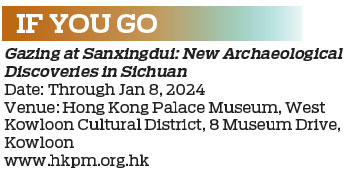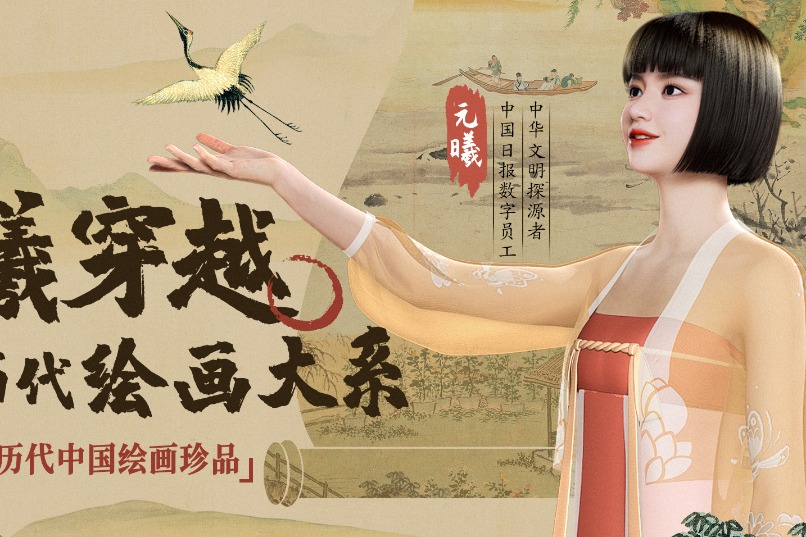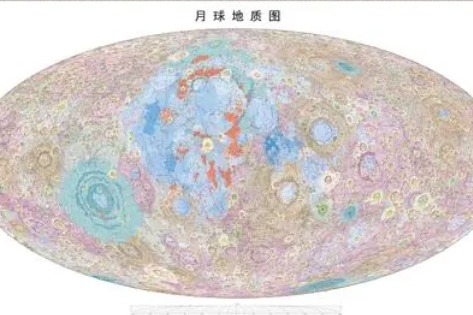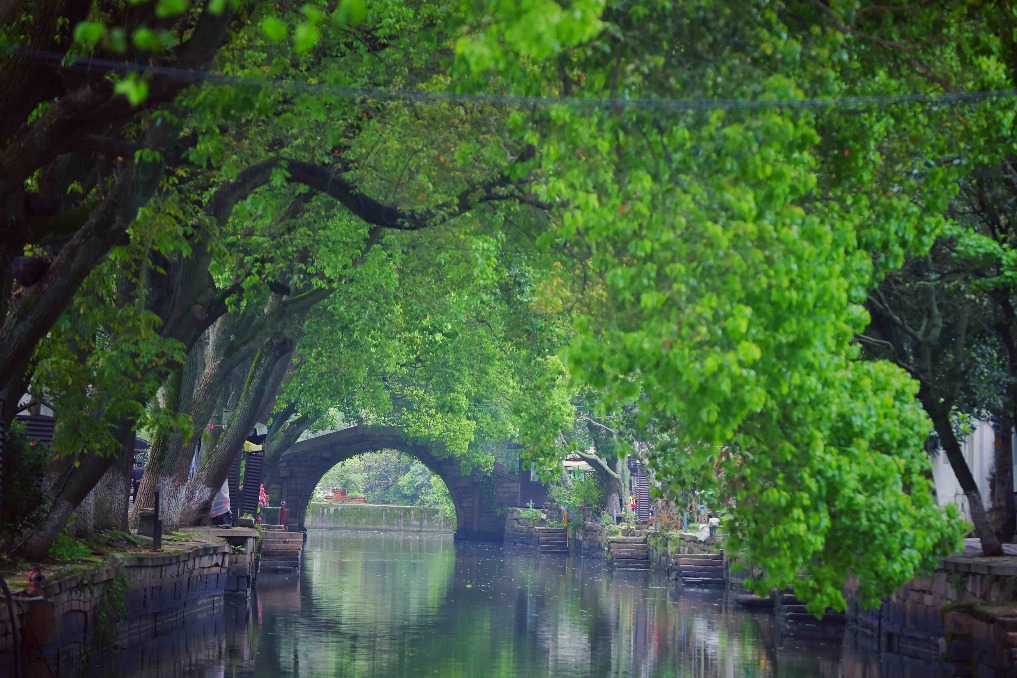The Sanxingdui connection

The Hong Kong Palace Museum's new exhibition of relics unearthed from Sanxingdui in China's Sichuan province highlights the spirit of cultural exchange prevailing across the country since ancient times. Gennady Oreshkin reports.
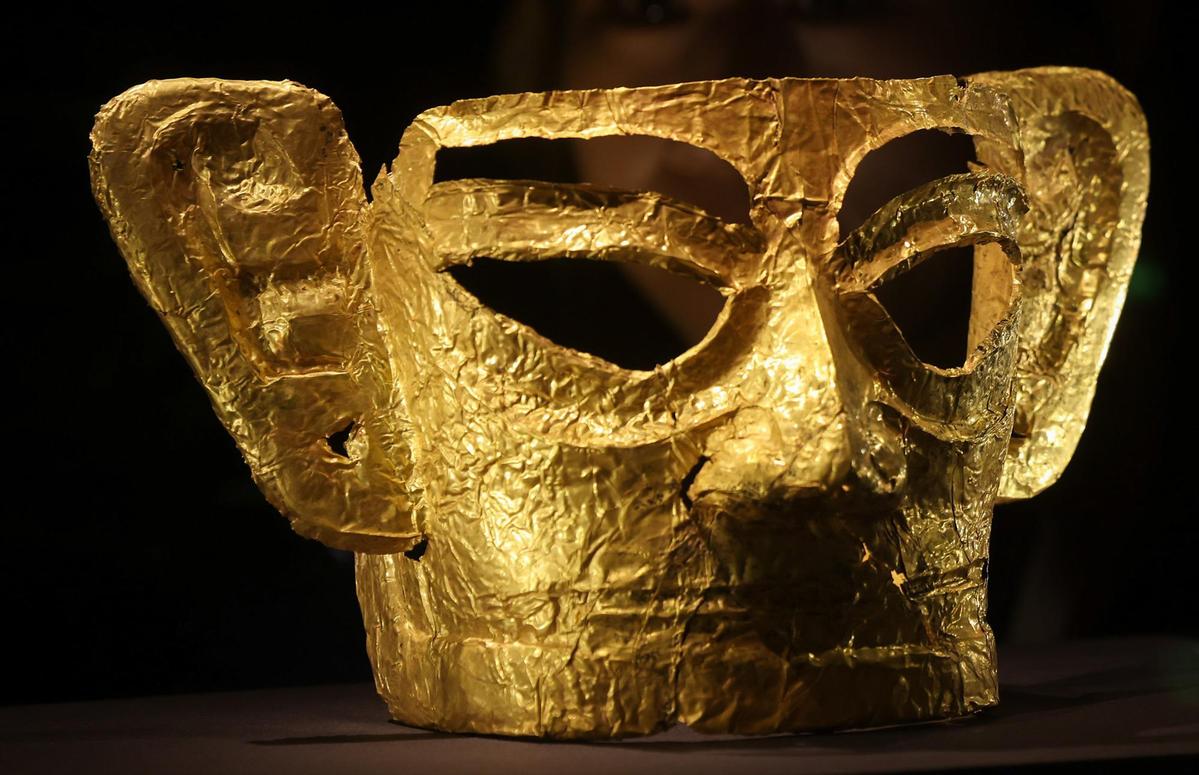
A huge cache of historical relics, unearthed from the excavation site at Sanxingdui in China's Sichuan province, are on view at the Hong Kong Palace Museum (HKPM). Gazing at Sanxingdui: New Archaeological Discoveries in Sichuan comprises 120 artefacts in bronze, jade and gold, and includes items that are roughly 3,000 to 3,200 years old. Nearly half of the exhibits were discovered during excavations conducted from 2020 to 2022.
Bearing the hallmarks of the distinct Sanxingdui craftsmanship - oversized ears, exaggerated facial features, and mysterious patterns inscribed on the surface - the exhibits are expected to shed light on the religious customs of the ancient Shu civilization (circa 1046-316 BC), which covered the Chengdu plain, a fertile tract of land located in the southwestern part of the Sichuan basin.

According to Wang Yi, deputy director of the Sichuan Provincial Department of Culture and Tourism and director of Sichuan Provincial Cultural Heritage Administration, the relics serve as evidence of cultural exchanges between the ancient Shu kingdom and the rest of the country, including Hong Kong. For example, one of the exhibits, Bronze Figure with Animal Headdress (1200-1050 BC), depicts a hand gesture that resonates with figurines unearthed in Lamma Island in the 1990s.
"The objects unearthed at Sanxingdui are consistent with those discovered in the river valleys of the Yangtze and Huanghe," says Jiao Tianlong, HKPM's head curator, corroborating Wang's view. Such findings suggest that Sanxingdui played an important, and influential, role in shaping ancient Chinese culture.

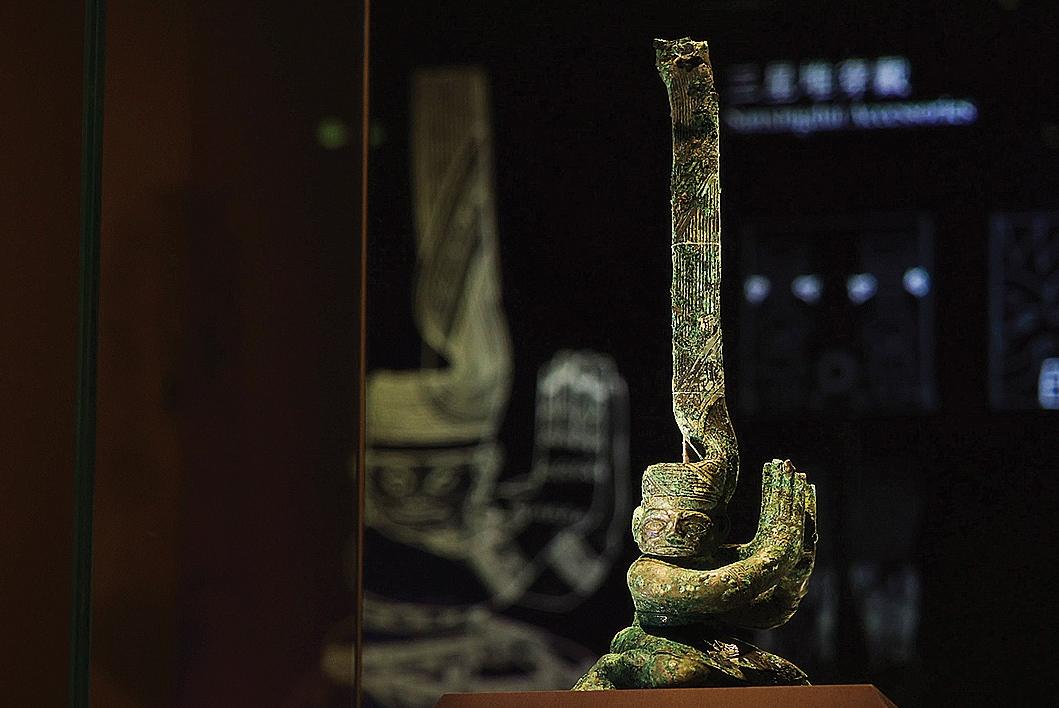
The Sanxingdui relics demonstrate that a multitude of cultural influences have shaped the Chinese civilization, "giving rise to a rich tapestry of regional variations," says Lam Weng-cheong, associate professor at the departments of history and anthropology at the Chinese University of Hong Kong. At the same time, they help highlight the fact that there are underlying commonalities that unite these diverse strands," he said.
For instance, some of the ceremonial objects typical of Liangzhu culture (circa 3300 to 2300 BC) spanning the Lower Yangtze Valley were used for worship-related rituals at Sanxingdui. Ritual bronze vessels, developed during the Shang Dynasty that ruled the Yangtze Valley, roughly between 1766 and 1046 BC, figure among the Sanxingdui relics in their adapted forms. Lam says such objects "further underscore the interconnectedness of different regions and their contributions to the evolution of the Chinese civilization".
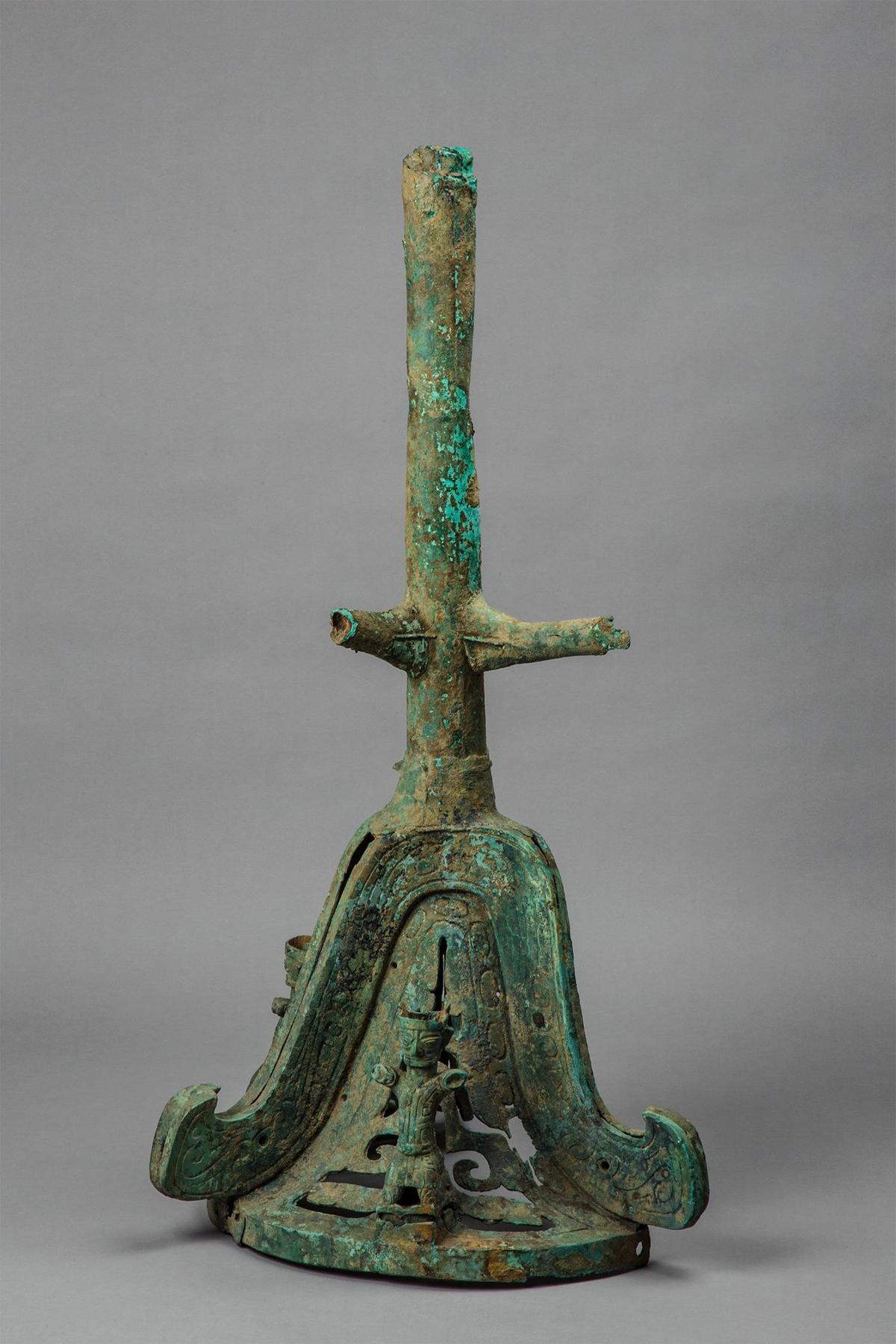
Technical prowess
The HKPM exhibition is divided into four sections: Timeless Gaze, Urban Life at San xingdui, Gods and Shamans at Sanxingdui, and The Origins and Inheritance of Sanxingdui. The first features a collection of bronze heads, masks and idols.
"We are showcasing the biggest bronze mask unearthed from Sanxingdui," says the museum's assistant curator, Wang Shengyu, encouraging viewers to note its generic large eyes and protruding eyeballs.
Pointing to another mask - a Grade-1 national treasure cast in gold - Jiao says that the piece is one of the finest works to have emerged from the Sanxingdui excavations. The craftsmanship and manufacturing techniques involved in sculpting gold are considerably advanced for the period, he says.

Lam agrees. "The use of welding techniques in crafting several large artefacts demonstrates that the artisans possessed a deep understanding of metallurgy, including the ability to regulate the temperatures of different metals and bringing them to a point that was suitable for welding."
The Gods and Shamans section offers a glimpse into the religious practices of the Shu people, which remain largely undocumented. A sculpture called Mythical Creature - a horselike beast with images of trees and flames etched onto its body - has intrigued art historians for a long time, not the least because of the human figurine, standing atop its snout, and a much smaller kneeling one carved into the former's pedestal.
"Those bronze figurines might have represented Sanxingdui's high priests who were chosen from the ruling class," Lam says. However, "the exact meaning behind these depictions remains elusive."

Peter J Cobb, assistant professor of archaeology at the University of Hong Kong, says that sculptures such as the Mythical Creature were included in burial rituals. This meant that they were single-use items that "weren't available for trading, display or use in subsequent rituals" and hence extremely rare.
Lam says the vastness of the area covered by the excavation sites in Sichuan indicates the extent of the Shu civilization's influence on the region. "It is imperative to underscore the grand scale of the Sanxingdui site. Other contemporary excavation sites are often considerably smaller in size." He says he believes that the expanse suggests that Sanxingdui was not only advanced technologically but also wielded immense economic and military power, harnessing and exploiting the region's natural resources. The scale on which Sanxingdui's urban and religious centers were constructed also suggests that religion shaped the political landscape of the region at the time, "consolidating and legitimizing its power".
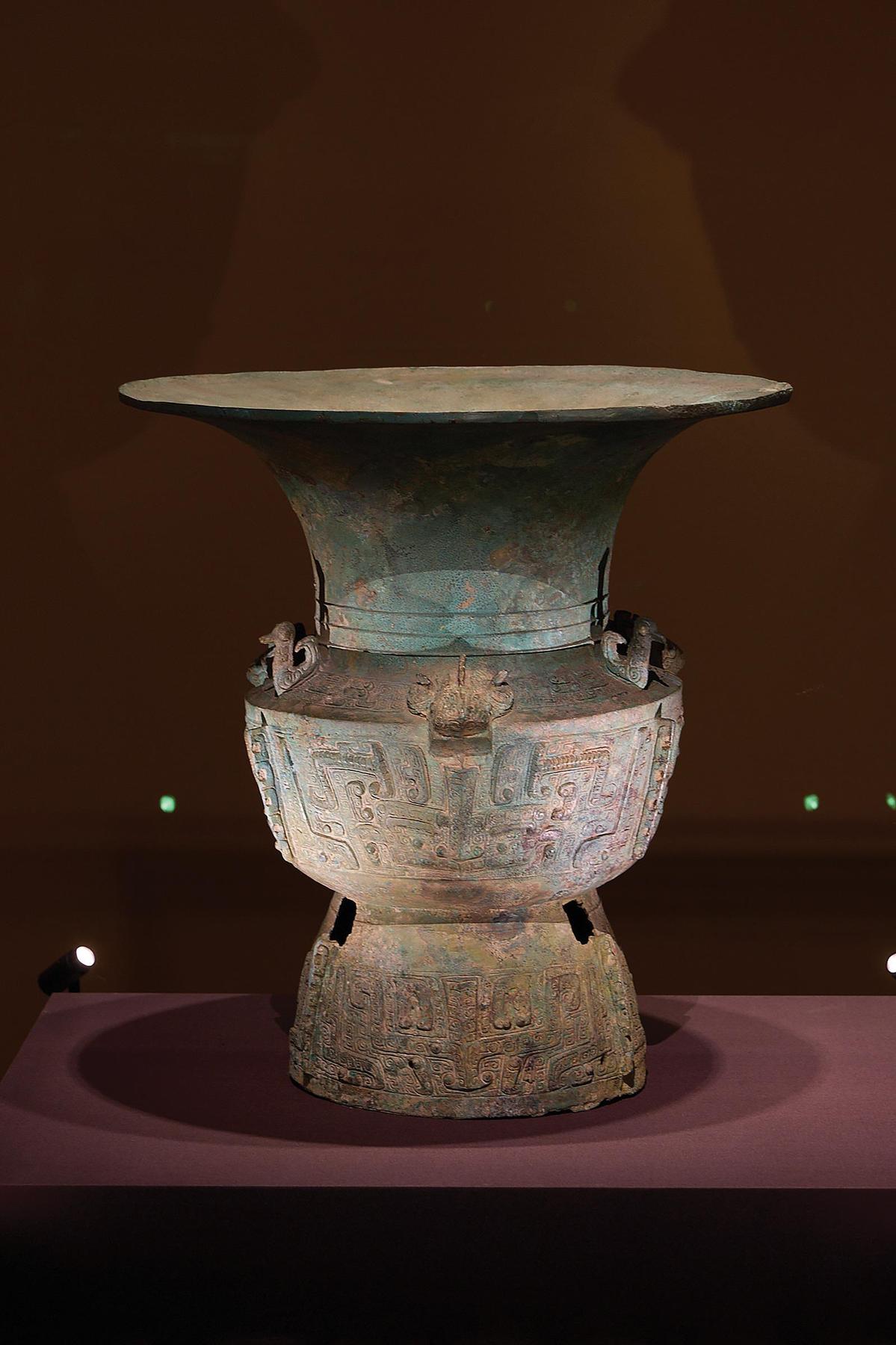
The enigma of ending
While the Shu kingdom lasted until 316 BC, the ancient metal workshops of Sanxingdui seem to have stopped production around 1150 BC.
Lam points out that a mix of copper, tin and lead was used to make the sculptures, and maintaining a supply of three different minerals might have posed a challenge. Melting these minerals to form an alloy with a malleability that was suitable for sculpting could not have been easy either.
Recent studies, he says, have found that some of the lead used in Sanxingdui bronze contained radioactive elements, not unlike those found in the late-Shang artefacts excavated in Anyang. This, in turn, suggests that the Sanxingdui lead might not have come from local sources.
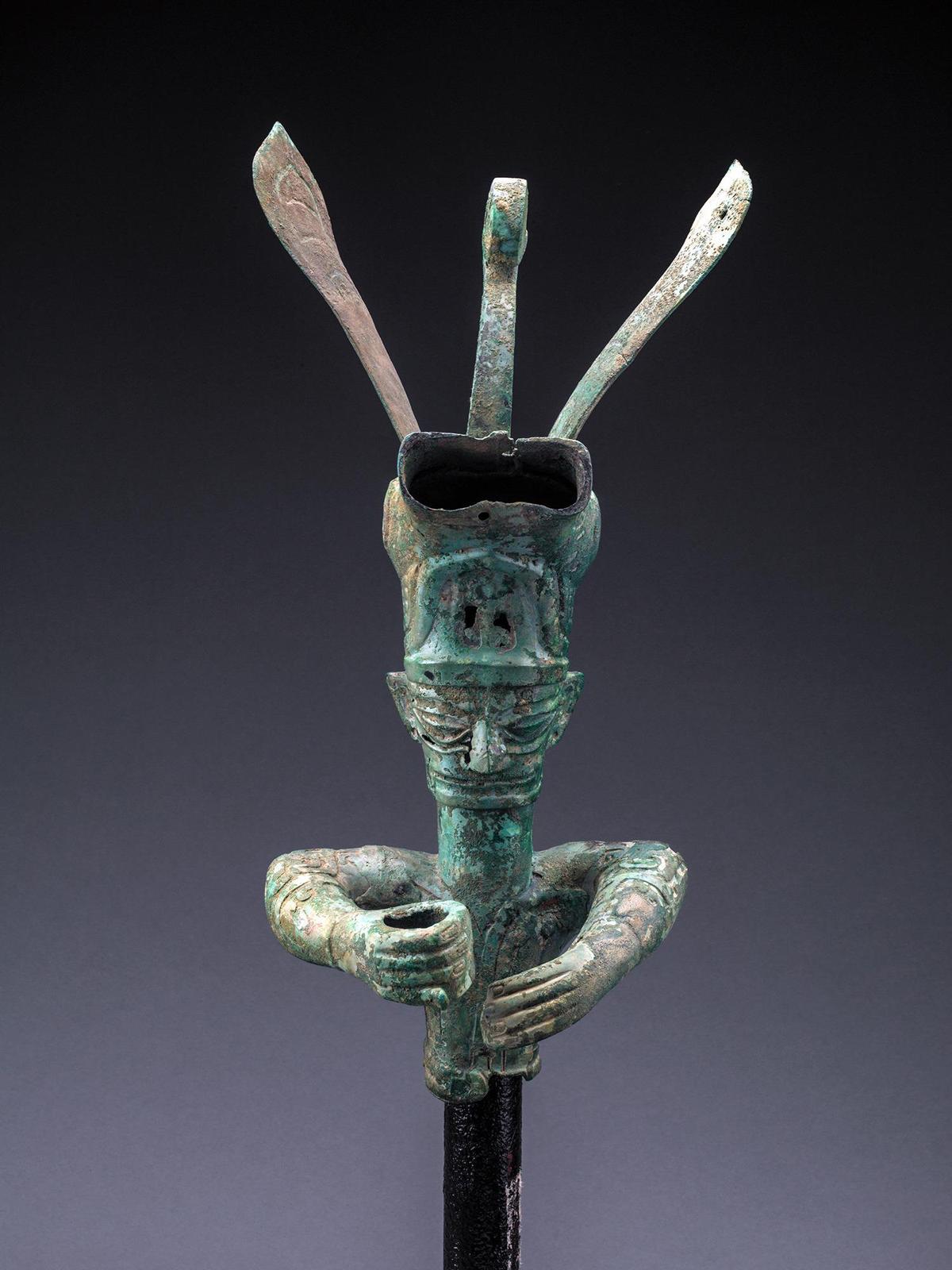
Historians agree that several aspects of the Sanxingdui story remain shrouded in mystery. A plethora of questions related to the customs, traditions, lifestyle practices, and rituals of worship remain unanswered. Hopefully, the priceless artefacts from Sanxingdui now on show in Hong Kong will spur some of the viewers into finding out more about the ancient societies of Sichuan.
